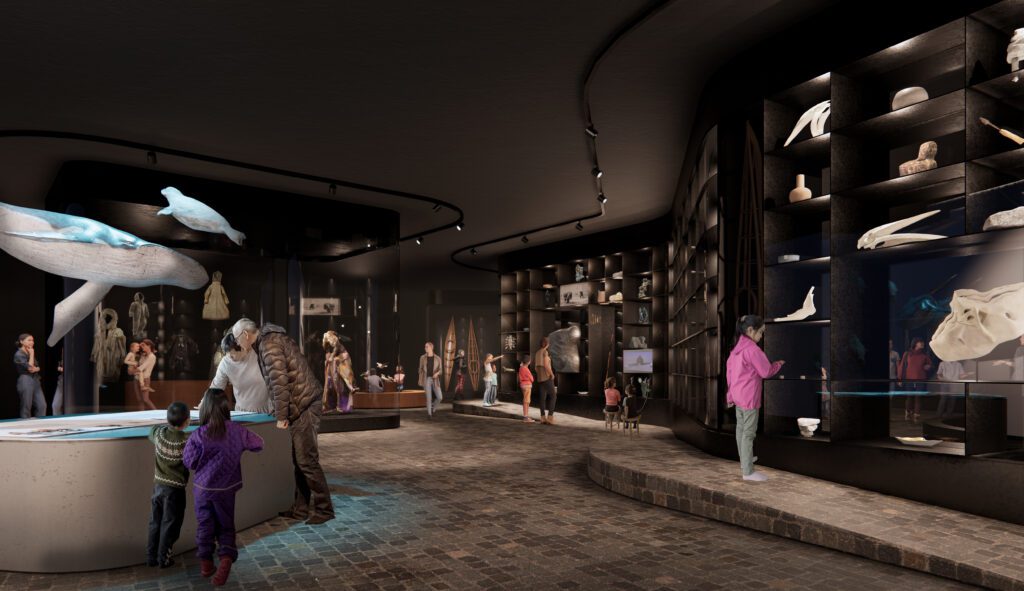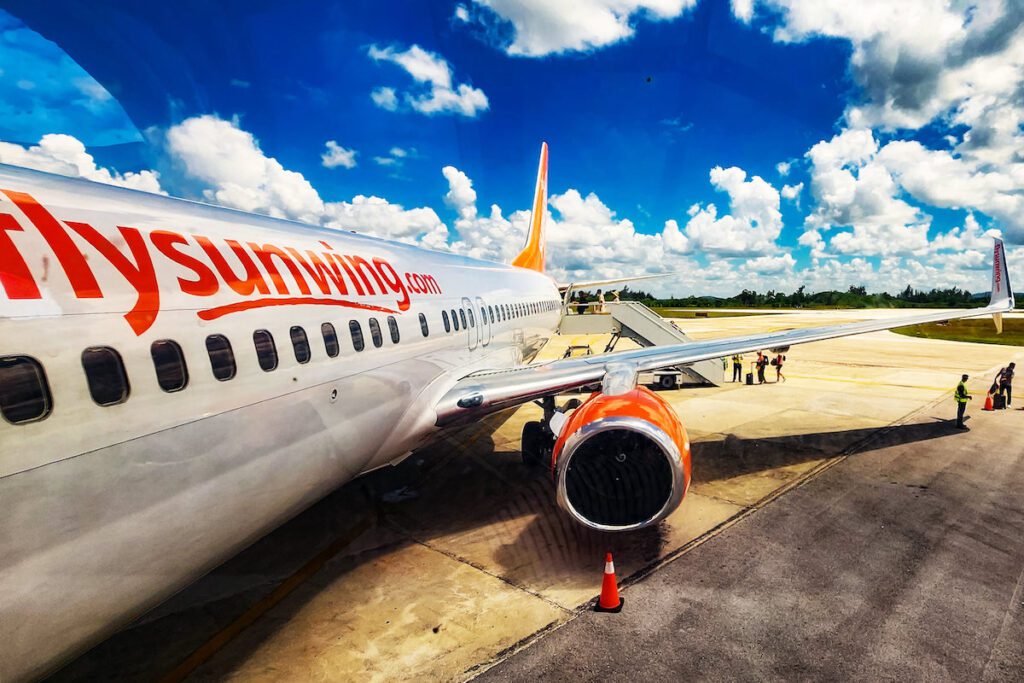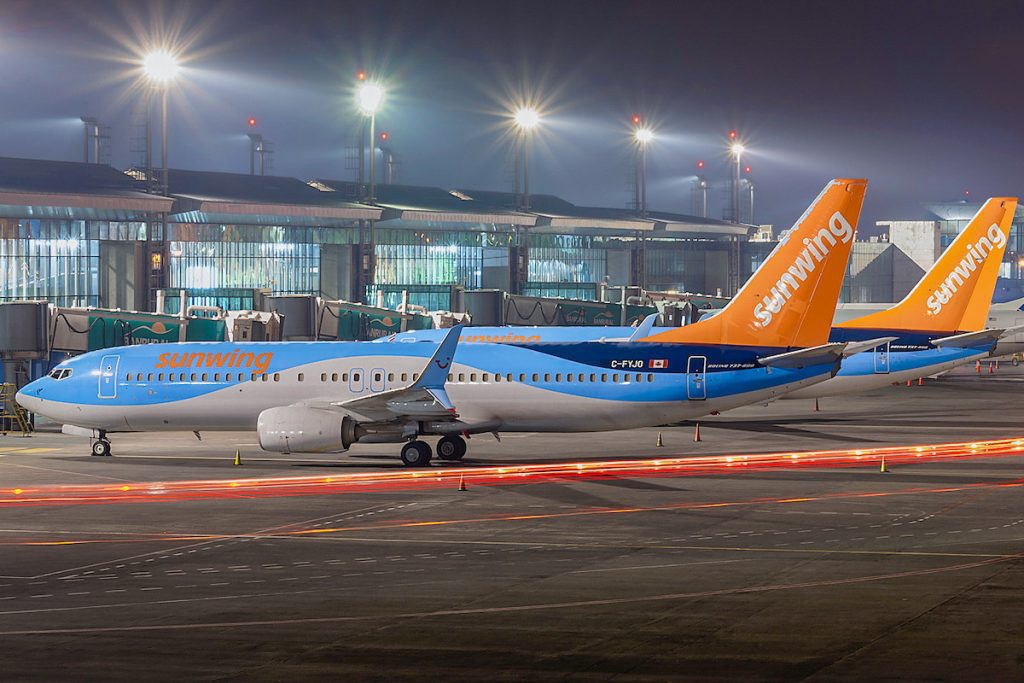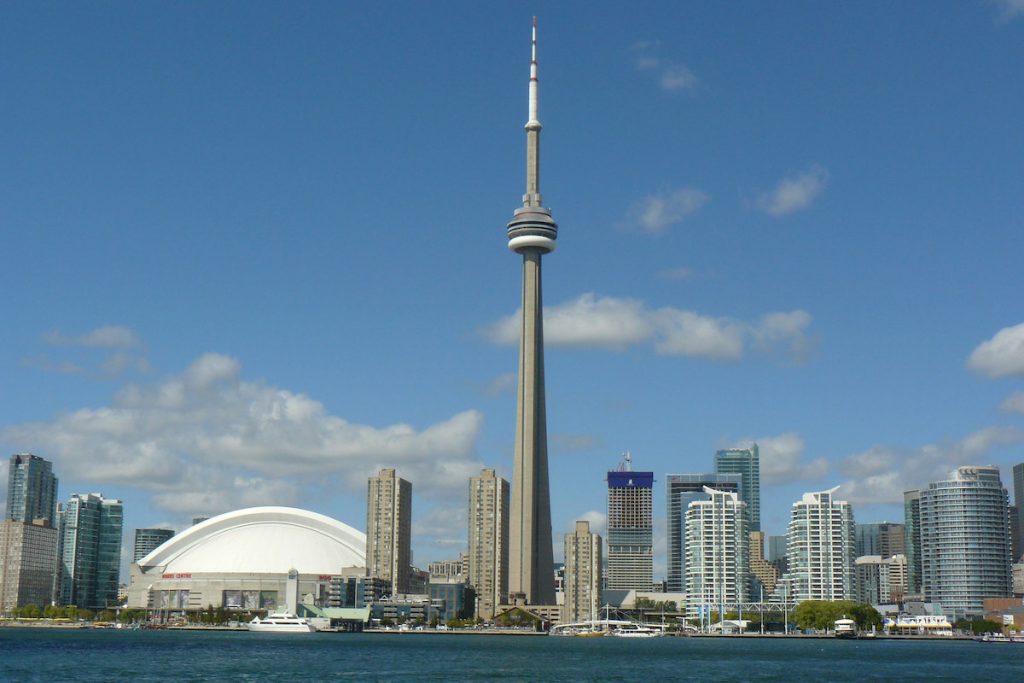Danish architecture firm Dorte Mandrup has been announced as the winner of an international competition to design the Nunavut Intuit Heritage Centre in Nunavut, Canada.
The center, which is due to be completed in 2027, both blends into the tundra landscape and also offers functional protection from its arctic environment. It aims to provide a place for individuals to foster a deeper understanding and appreciation of Inuit culture and traditions through objects and interactive experiences.
We recently sat down with Geetika Argarwal, CEO & Founder of Vacation With An Artist, for the latest episode of the Skift Ideas Podcast, in which we discussed the value of integrating community led experiences within tourism. You can listen here.
Having worked with Architect of Record Guy Architects, LEES+Associates, Adjeleian Allen Rubeli, EXP, Pageau Morel, Altus Group, as well as indigenous consultants Kirt Ejesiak and Alexander Flaherty, Dorte Mandrup has developed a design that draws ‘inspiration from the patterns formed in snowdrifts by the prevailing wind, kalutoqaniq, which has long served as a natural wayfinding system for Inuit.’
The building will nestle seamlessly into the rocky hillside overlooking Iqaluit, with the roof set to be covered in rock and turf, blurring the lines between the building and the surrounding terrain.
Alongside the exhibition spaces, the center will also feature a café, workshop area, hostel, and offices, all linked to outdoor spaces that will provide opportunities for engaging in traditional practices, including carving, kayak building and tool making.
“The Nunavut Inuit Heritage Centre is an extraordinary project that we are very proud and humbled to have been selected to be part of. Working within this context requires both extreme sensitivity and consideration of landscape and its cultural significance. The community has been working tirelessly for a long time to establish a place for Inuit to collect precious heritage and share unique, specialized knowledge that remains imperative for future generations and is in severe risk of vanishing. We are looking very much forward to listen, learn, and be the link between thought and form,” says Founder and Creative Director, Dorte Mandrup.
At Skift, we are looking to unearth the most creative and forward-thinking innovations in travel through our Skift Ideas Franchise, which includes the Skift IDEA Awards, Skift Editorial Hub and the Skift Ideas Podcast.
You can listen and subscribe to the Skift Ideas Podcast through your favorite podcast app here.






